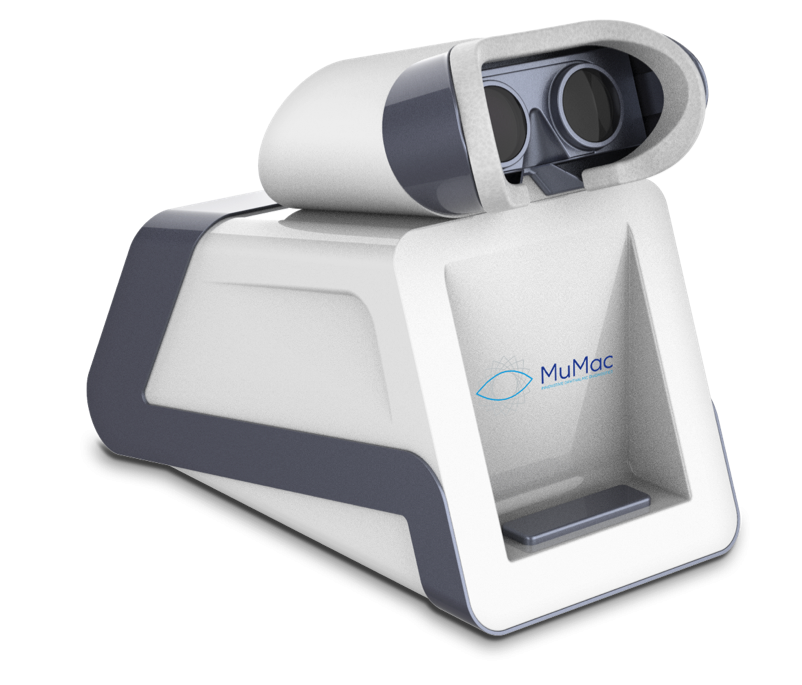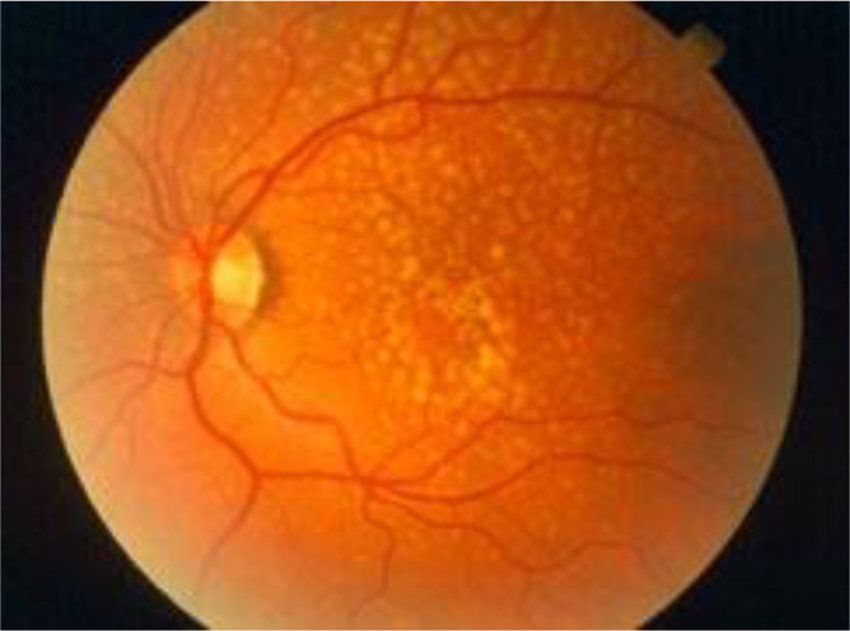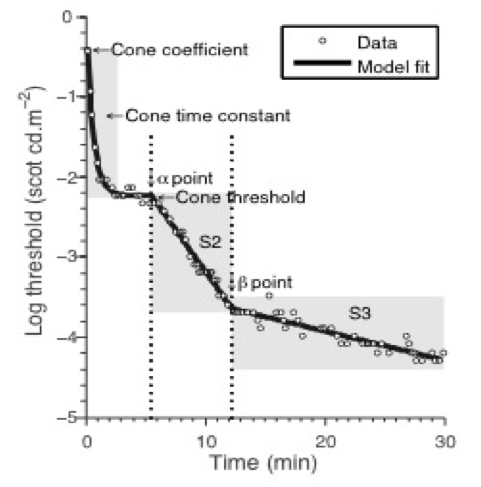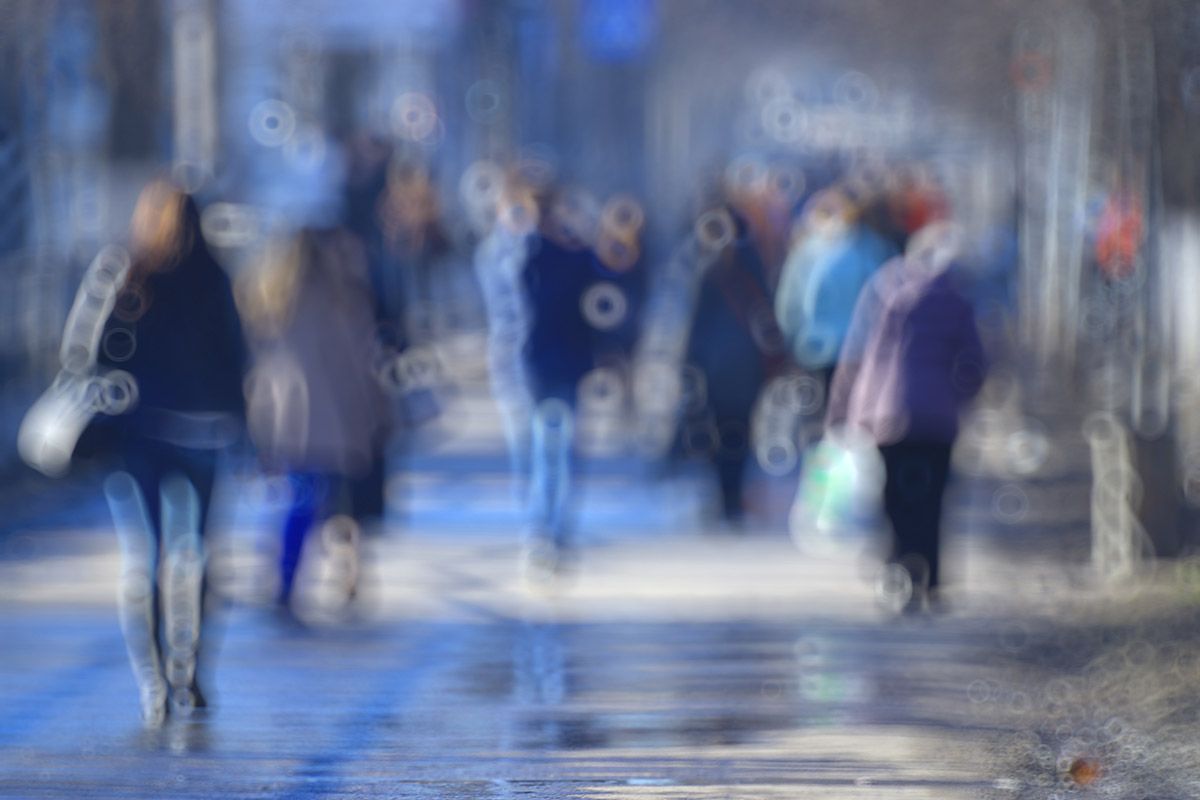RapiDA: a new instrument for assessing night vision in early AMD
In early AMD, the lipid deposits called drusen interfere with the process of recovering vision in the dark.
RapiDA is a new instrument designed to measure how quickly the eye improves sensitivity in dim lighting. When the lighting is low the rod photoreceptors, specialised for seeing in the dark, begin regenerating fresh photopigment. How quickly they can do this is a measure of retinal healthiness. The result is slowed sensitivity recovery.
RapiDA uses new techniques to measure recovery rate. It has the following features:
-
Simple to use by a non-professional operator
-
Easy and comfortable for patients
-
Unique fast algorithm for rapid test
-
Immediate real time output of results
-
High sensitivity and specificity
-
Small footprint
-
Arc shaped stimulus
-
Red background


RapiDA is a simple digital dark adaptometer designed to measure slowed dark adaptation – the only functional biomarker of AMD
-
Patient responds with a button press when they detect the green arc-shaped stimulus in the periphery
-
The test target is automatically dimmed and then slowly increases in brightness until it is again detected
-
Simultaneously a graphical readout appears
-
Results are reviewed by operator for error-rate and slope of the rod section of the curve

AMD demographics: the extent of the problem
30%
of over 65s in developed countries have some signs of AMD
3.65m
sufferers in the UK, many with early-stage symptoms
1.2m
forecast to have advanced AMD in UK by 2040
196m
cases of all AMD worldwide, predicted to rise to 288m by 2040
AMD costs: the economic burden
$7.8bn
current annual AMD global drug market, growing at 7.8% pa
$98bn
estimated annual costs of AMD in US, Canada and Cuba
£287m
approximate cost of treating wet (late stage) AMD in England 2014/15. Based on a monthly drug cost of £500 per dose per patient
£600m
approximate cost of administering drugs for wet AMD per year in England in 2015 (assumes monthly attendance at an eye hospital)
Early AMD
Many patients have almost normal daytime vision but often report night vision problems. These night time difficulties are confirmed by our research and that of others.
Early AMD diagnosed by retinal photography, which reveals the presence of fatty deposits called drusen.
The early condition progresses to severe sight loss over 5-year period in around 60% of cases.
Patients may slow progression by improving their lifestyle.
